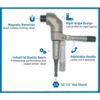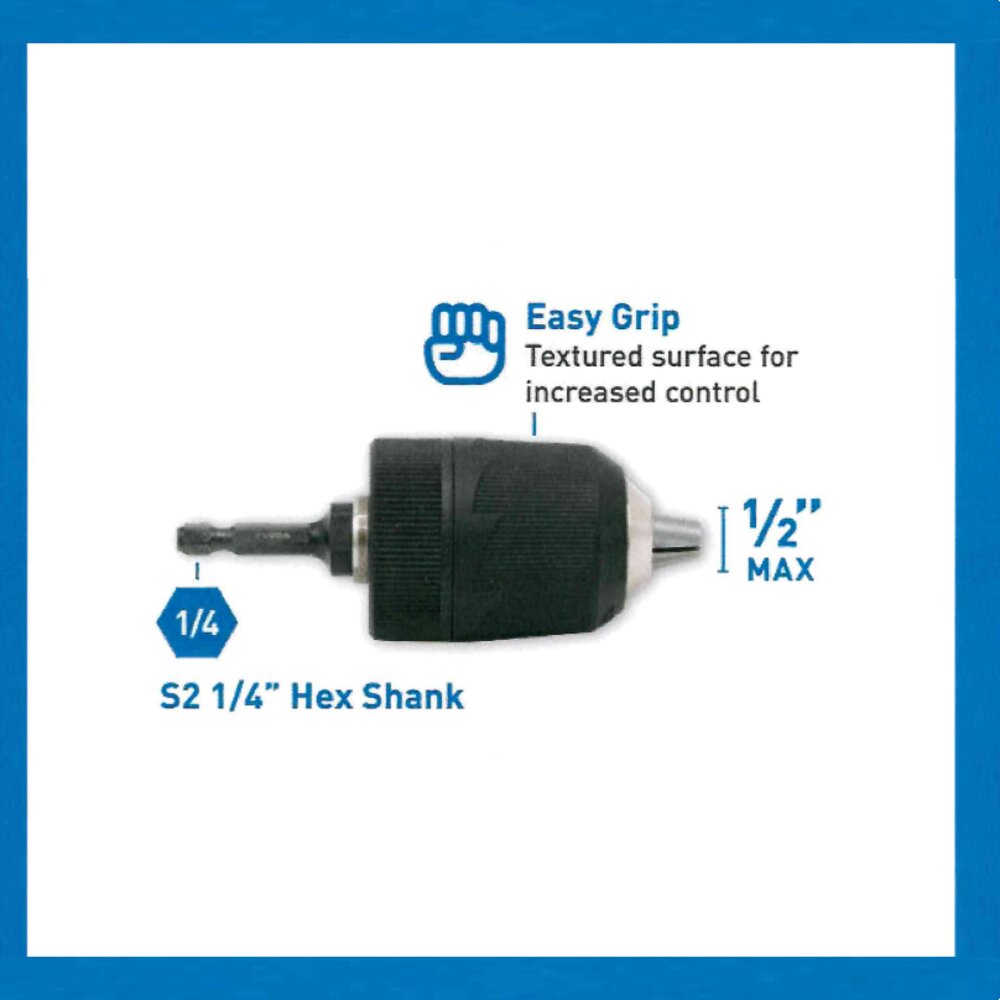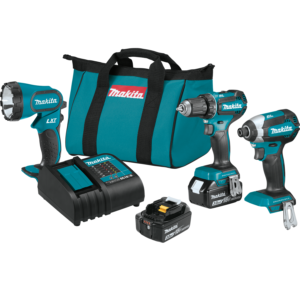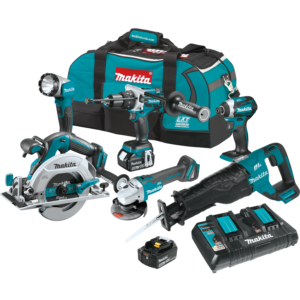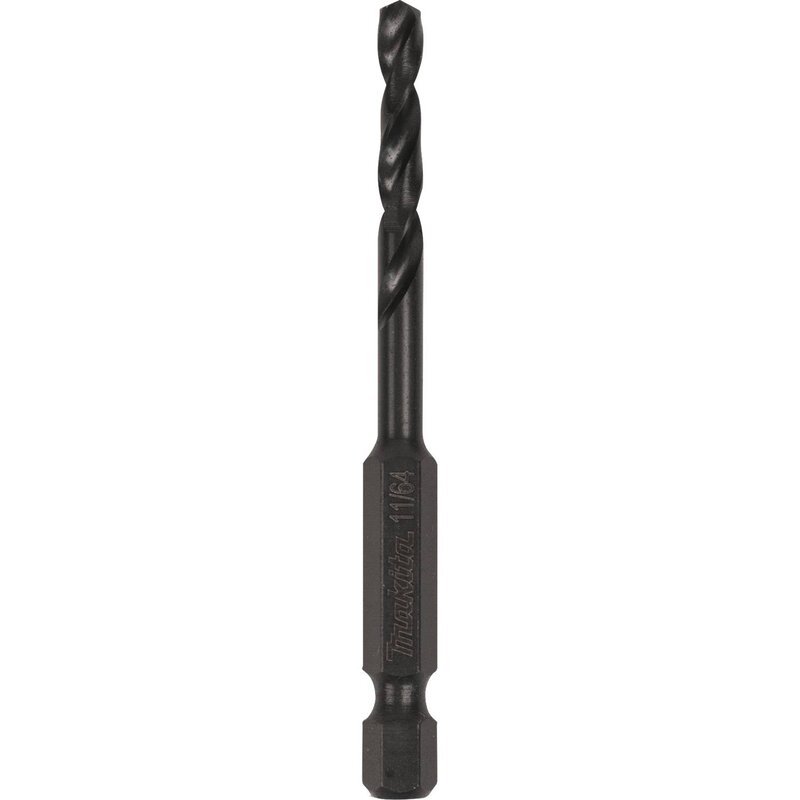Vega 1/4″ Hex To 1/2″ Keyless Chuck Adapter
Vega’s new keyless chuck adapter allows an impact driver to act as a ½” drill driver. This allows the use of standard drill bits up to ½” in diameter with a ¼” hex drive impact driver. The jaws are designed to lock all bits in place, whether they are round or otherwise. The chuck mechanism turns smoothly, so it is easy to quickly change between bits.
- Description
- Features
- Fastener Terminology
Vega's new keyless chuck adapter allows an impact driver to act as a ½" drill driver. This allows the use of standard drill bits up to ½" in diameter with a ¼" hex drive impact driver. The jaws are designed to lock all bits in place, whether they are round or otherwise. The chuck mechanism turns smoothly, so it is easy to quickly change between bits.
- Convert your impact driver into a drill driver
- Jaw opens to 1/2" and can be used with bits up to 1/2" in diameter
- 1/4" shank with power groove makes it compatible and easy to use with an impact driver
- Jaw design locks both hex and round shank bits in place
- Mechanism turns smoothly allowing for more control, and the ability to change bits in and out quickly
FASTENER DRIVING TOOL TERMINOLOGY:
ACR – ACR stands for anti-cam-out recess.There are ribs on the driver bit that engage the fastener recess to reduce stripping, provide increased torque, enhance off-angle drivability, and offer a stick fit that makes screw driving easier.
Shank – The shank is the end of a bit grasped by the chuck of a tool.
Torsion Zone – In a true torsion bit this is the reduced diameter section of the shank between the hex body and tip.This area absorbs torque during impact extending the life of the bit.
Lobular Design – A design used on nutsetters that has more of a rounded shape in the opening end.This design reduces stripping damage of hex head fasteners by driving the fastener on the sides instead of on the corners.
Finder Sleeve – A sleeve used on slotted bits that slides over the slotted fastener preventing the bit from slipping out of the screwing while driving it.
Ball Lock Type – This retention design uses a ball and spring tension method to secure sockets to an extension or adapter.Tools can typically be removed by hand allowing for quick changes.
Pin Lock Type – This retention design uses a pin and spring tension method to secure sockets to an extension or adapter.It is a more secure retention method than a ball lock and is commonly used in production applications.
C-Ring – A retention method used in bit holders that has a ring which locks around corresponding grooves in an insert bit to firmly hold it in place.
Quick-Release – Mechanism commonly used in bit holders and extensions that has a retractable sleeve that when extended quickly releases the bit avoiding the need for force or pressure to remove it.
Screw Cap – Retention method that allows the bit to be inserted into the screw cap which is then threaded onto the bit holder.
Bull Nose – A style of bit where the tip of the bit is a larger diameter than the hex shank body.


